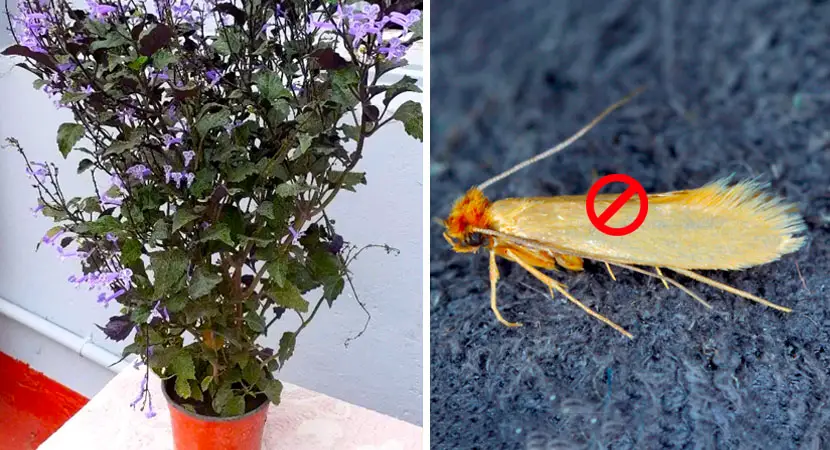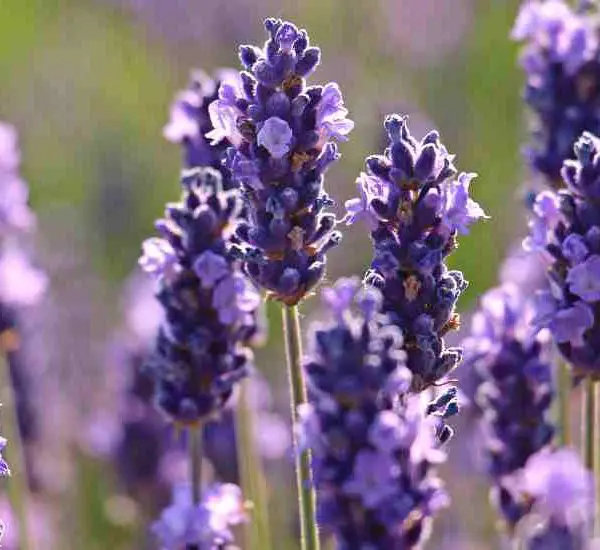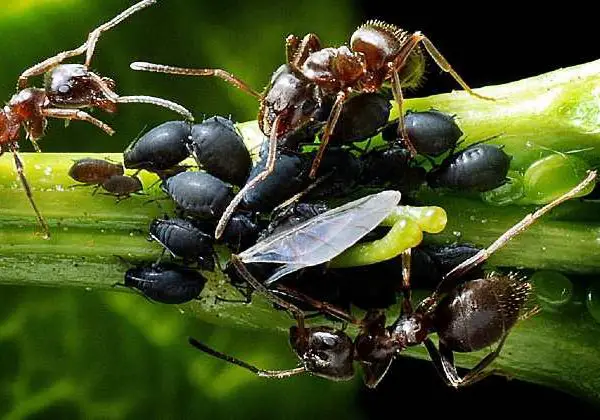Dealing with moths can be a frustrating experience, especially when their larvae start to damage our favorite clothes. These small gray butterflies might be harmless in their adult stage, but their larvae can wreak havoc on textiles. Despite their nuisance, moths play a crucial role in breaking down organic matter, contributing to composting and nutrient cycling.

To address moth issues naturally, consider using plants with repellent properties. By incorporating these plants into your home, you’ll not only deter moths but also enjoy delightful fragrances. Here are five effective plants to keep moths at bay:
1. Lavender

Lavender is a classic choice for natural repellents. Known for its soothing scent, lavender has been used for generations to keep moths away. Traditionally, dried lavender flowers were placed in small sachets and stored in drawers. To grow lavender successfully, choose a large pot with sandy, well-drained soil. Lavender prefers to dry out between waterings, so avoid overwatering, which can lead to root rot and plant decline.
2. Mint

Mint is another versatile plant that serves as a moth repellent while offering fresh, aromatic leaves for cooking or beverages. Mint thrives in full sunlight but can also grow in partial shade. It prefers moist soil, so regular watering is essential. Be cautious when planting mint in the garden, as it can spread aggressively and potentially overshadow other plants. Consider using containers to manage its growth and prevent it from becoming invasive.
3. Bay Laurel

The bay laurel plant, known for its aromatic leaves used in cooking, also acts as a moth repellent. While it grows slowly, it can be cultivated in pots if you don’t have garden space. When the plant outgrows its pot, transplant it into a larger one until it reaches a pot with a 30 cm diameter. Regular pruning will help maintain its shape and ensure it remains an attractive ornamental plant for your balcony or patio.
4. Eucalyptus

Eucalyptus trees are celebrated for their refreshing, balsamic aroma that can deter moths and other pests. Eucalyptus grows quite tall, so it’s best suited for homes with ample yard space. This fast-growing tree can reach up to one meter in height per year. Eucalyptus thrives in humid environments and can be a beautiful addition to your garden, thanks to its silver-gray foliage.
5. Citrus

Citrus plants, such as lemon trees, thrive in warm climates and are ideal for spring or autumn planting. For the best results, plant during the waxing moon when the sap is concentrated in the plant’s upper parts. Lemon trees take between 3 to 6 years to bear fruit. Once they do, the lemon peels can be used to keep moths away. The citrus scent is a natural deterrent that helps protect your home from these pests.
Additional Tips to Prevent Moths
- Check and Clean Clothes: Regularly inspect and wash your clothing to remove potential food or drink stains that might attract moths.
- Vacuum Thoroughly: Vacuum the undersides of cabinets and shelves, paying attention to hard-to-reach areas where moths might hide.
- Inspect Upholstery: Moths often nest in upholstery materials. Check your chairs and armchairs for any holes or signs of infestation.
- Maintain Clean Carpets and Cushions: Regular vacuuming of carpets and cushions will help keep your home free of moths and their larvae.
By incorporating these plants into your home and following these tips, you can create a natural and effective barrier against moths while enhancing the ambiance with pleasant aromas.



